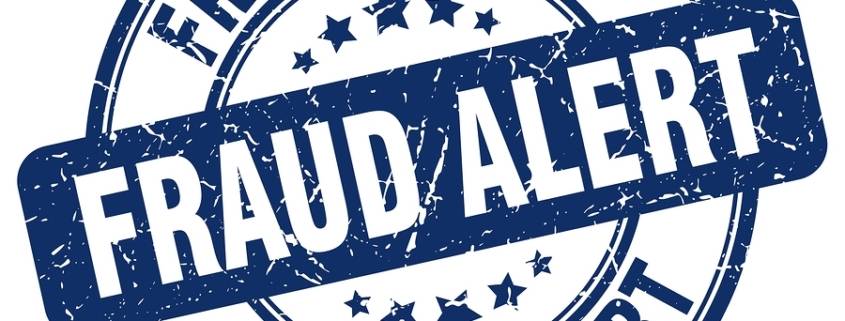A false workers compensation claim is more common than you might think. The sooner you call the sooner we can help you work through it.
The workers’ compensation insurance system is a no-fault method, paying workers for medical expenses and wage losses from on-the-job injuries. Billions of dollars of false claims submitted each year, says The National Insurance Crime Bureau. In New York, insurance fraud looked at as a felony that most perpetrators aren’t aware of when deciding to game the system. Further, it’s the number issue most business owners raise with us when we are invited into their organization to check why their workers compensation insurance costs are so high. When business owners invite us into their organization to evaluate why their workers compensation insurance costs are so high, its typically the number issue.
Most employers face not only being vulnerable to workers compensation fraud but actually contributing to it as they don’t have the correct policies and procedures in place to help prevent fraud from starting in the first place. To help detect a possible false workers compensation claim, experience shows a claim may be fraudulent if two or more of the following factors are present:
Telltale Signs of a False Workers Compensation Claim:
Monday Morning: The alleged injury occurs either “first thing Monday morning,” or late on a Friday afternoon but not reported until Monday.
Employment Change: The reported accident occurs immediately before or after a strike, a layoff, the end of a big project or at the conclusion of seasonal work.
Job Termination: If an employee files a post-termination claim:
Was this injury reported by the employee before being unemployed?
Did the employee exhaust his/her unemployment benefits prior to claiming workers’ compensation benefits?
History of Changes: The claimant has a history of frequently changing physicians, addresses and places of employment.
Medical History: The employee has a pre-existing medical condition that is similar to the alleged work injury.
No Witnesses: The accident has no witnesses, and the employee’s own description does not logically support the cause of injury.
Conflicting Descriptions: The employee’s description of the accident conflicts with the medical history or First Report of Injury.
History of Claims: The claimant has a history of numerous suspicious or litigated claims.
Treatment is Refused: The claimant refuses a diagnostic procedure to confirm the nature or extent of an injury.
Late Reporting: The employee delays reporting the claim without a reasonable explanation.
Hard to Reach: You have difficulty contacting a claimant at home, when he/she is allegedly disabled.
Moonlighting: Does the employee have another paying job or do volunteer work?
Unusual Coincidence: There is an unusual coincidence between the employee’s alleged date of injury and his/her need for personal time off.
Financial Problems: The employee has tried to borrow money from co-workers or the company, or requested pay advances.
Hobbies: The employee has a hobby that could cause an injury similar to the alleged work injury.
Suspicious about a claim possibly being an example of workers’ compensation fraud? Don’t hesitate to call us at (914) 357-8444 or CLICK HERE and run your challenge through one of our Risk Advisors. Our staff will perform digital surveillance on your case without having to spend big money on a potential stakeout.







